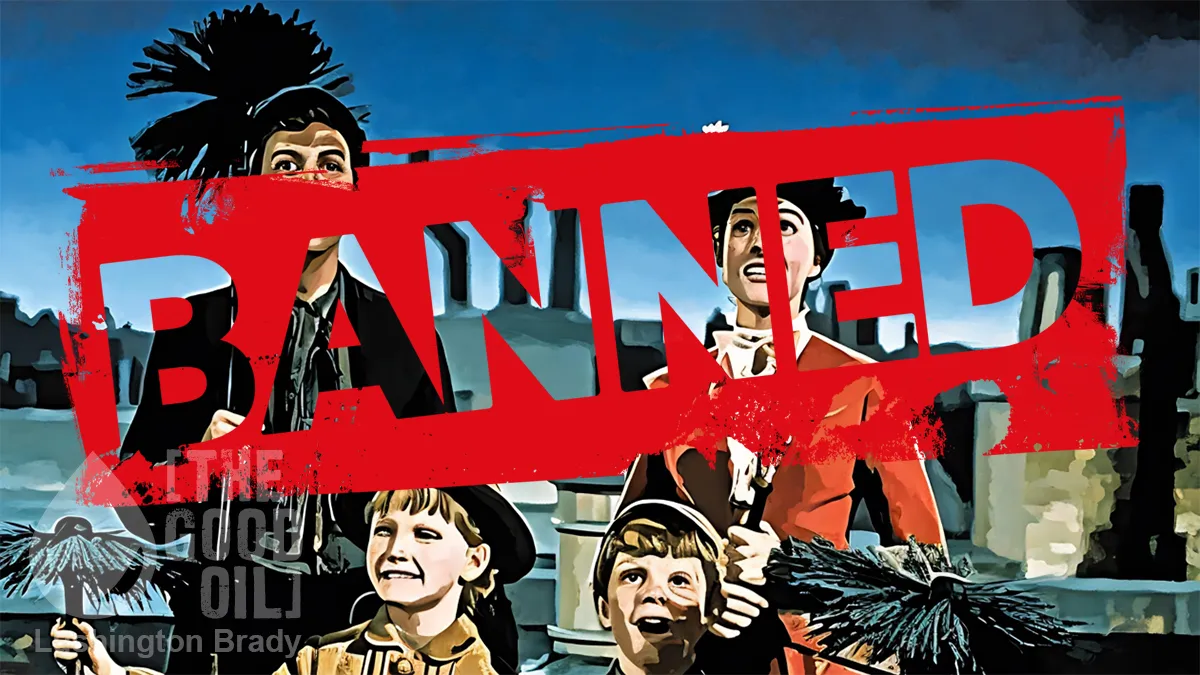Jon Miltimore
Jonathan Miltimore is the Editor at Large of FEE.org at the Foundation for Economic Education.
The Internet recently had a joyous time mocking a young TikTok influencer who said the solution to the growing fiscal problems in the United States was simply to print more money.
“USA is in debt. Everybody’s in debt. Why don’t we just print more money?” she asked. “Just get the printers going.”
This kind of economic thinking is embarrassing, but perhaps it’s to be expected from a TikToker who has never studied economics or read history.
If you haven’t learned the economic concept of scarcity, you might actually believe that expanding the money supply doesn’t come with costs. If you haven’t sat through a lecture about hyperinflation in Weimar-era Germany, Hungary in the 1940s, or any other number of examples, you might have little appreciation for the pernicious effects of inflation.
What’s more troubling is when such ideas are presented by people who have power and influence. A case in point is Jared Bernstein, the current chairman of the Council of Economic Advisers, who recently claimed that “the U.S. government can’t go bankrupt because we can print our own money.”
The interview comes from Finding the Money, a new documentary focused on economist Stephanie Kelton’s effort to “reframe the national debt debate.” Kelton is the leading proponent of modern monetary theory, a fringe school of economics that argues there are no limits to government spending because the U.S. has its own central bank and thus can print as much money as it likes.
Bernstein is of course not wrong that the Fed can print money to its heart’s content, but it cannot do so without consequences, something he fails to mention. And things got worse with his rambling and incoherent response to a question asking why the federal government borrows money at all since it can simply print dollars.
“Some of the language and concepts [of MMT] are just confusing,” he says. “I mean, the government definitely prints money and it definitely lends that money, which is why the government definitely prints money and then it lends that money by selling bonds. Is that what they do? They sell bonds?”
Whether Bernstein agrees with Kelton that printing endless amounts of money is fine because the Federal Reserve can’t run out of money (any more than a carpenter can run out of inches or a stadium can run out of points) is unclear. What is sadly apparent is that Bernstein has a deficient understanding of how the Federal Reserve works.
Many have seized on the fact Bernstein doesn’t even have a degree in economics even though he’s chairman of the Council of Economic Advisers. But the fact that Bernstein has a degree in music instead of economics isn’t the problem. This is not a problem of credentials (Kelton has a Ph.D. in economics, after all). This is a problem of not grasping basic economics.
When the leader of the Council of Economic Advisers has to ask his interviewer how Treasury bonds are sold, we have a problem. But Bernstein’s failure to explain why the Federal Reserve can’t print itself into prosperity is worse.
Contrary to what Bernstein says, there is nothing “confusing” about MMT. It’s a bankrupt school of economics that believes the solution to the $35 trillion national debt is to stop worrying about deficits and just print more money to address funding gaps.
As a New York Times profile of Kelton pointed out, “How will you pay for it?” is considered a vapid policy question by MMT disciples. Because money printers go brrrrr.
It’s shocking that Bernstein couldn’t simply explain that printing money doesn’t solve the reality of scarcity, the economic idea that there is never enough stuff — commodities, products, services, etc. — to satisfy our infinite desires.
The Federal Reserve is not a goose that lays golden eggs, and printing money doesn’t add any resources or products to an economy. Expanding the money supply faster than an economy produces new goods and services is what causes inflation (if we misuse the term to describe rising prices versus expansion of the money supply).
“The causes of inflation are not, as so often said, ‘multiple and complex,’” wrote Henry Hazlitt, the author of Economics in One Lesson, “but simply the result of printing too much money.”
This should have been Bernstein’s answer, or at least part of his answer, on the dangers of MMT. That it wasn’t suggests that far too many in Washington are embracing economic thinking (and policy) that is frighteningly close to that of the TikTok influencer who says, “Just get the printers going.”
This article originally appeared in The Washington Examiner.









